


Lima is a hyper-dense metropolis confined between 3000 miles of Pacific Ocean and 20,000-foot peaks of the Andes Mountains. It is one of the oldest cities in South America, established as a capital for the marauding Spanish in 1532 on their conquest of the Inca empire. In the oldest parts of Lima, colonial history lives on in the architecture and a few cultural customs. Twenty-square-foot homes built from bamboo and tin dot the hillsides, forming Lima’s shanty towns which are home to millions of rural immigrants from Peru’s provinces. In some ways, Lima today is similar to the Lima of 400 years ago, when a class descended from Europeans lived within the city walls while hordes of native populations lived on the outskirts, supplying the labor for an ever-growing Spanish colony.
Section Type: standardWidthImageS
An old palacial home in Barranco, Lima, a place where colonial history mixes with disrepair and graffiti.

When I first moved to Peru 15 years ago, it seemed that every street corner in Lima had a small family-run bodega (store). They were neighborhood meeting places, usually the ground level of the home of the family who owned and lived above it. Peruvian bodegas were amazing places. They were like a Walmart squeezed into 500 square feet from floor to ceiling: a place where neighborhood gossip flourished, and place where you could spend 20 cents on tiny limes and ten dollars on designer mascara.
Section Type: standardWidthImageS
Floor-to-ceiling goodies blanket a traditional Peruvian bodega.
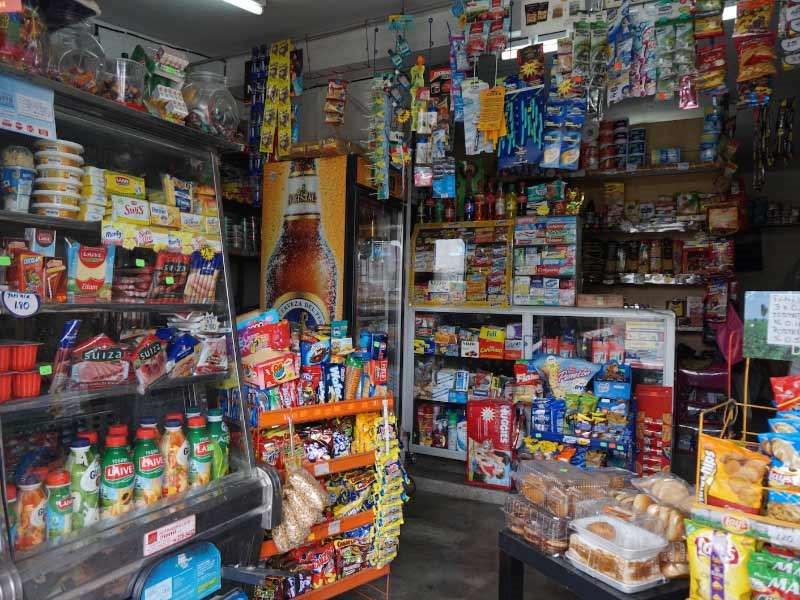
This Peru I remember so vividly has changed rapidly over the past decade as shopping malls and supermarkets have swayed entire neighborhoods away from corner bodegas. The real estate market tripled in value since the turn of the century, which means that buildings in Lima grew vertically and neighborhoods grew more impersonal. The place of the “bodegero” in neighborhood life began to lose its grip, most notably changing in the city’s more gentrified districts.
On March 12, 2020, Peru instituted one of the strictest lockdowns on the planet, lasting more than 100 days, and the decline of the Peruvian bodega was put in reverse … The Peruvian bodega is coming back with a vengeance!
Everyone became a local grocer
Shopping malls have been shut since the start of the lockdown, and lines for grocery stores run hours-long just to get in the front door. At the same time, in an economy that is 70% informal, most of the jobs disappeared overnight creating an urgent need for families to earn income close to home. An entirely new market demand for Peruvian bodegas was instantly created as people avoided supermarkets, right in parallel with fresh supply as families needed new ways to earn an income. Even the luxury hotel on the corner, Hotel B, became a neighborhood haunt, selling all sort of deliciousness – including cocktails to-go!
Section Type: standardWidthImageS
The gourmet pop-up bodega at luxury Hotel B in Barranco. Cocktails to-go!
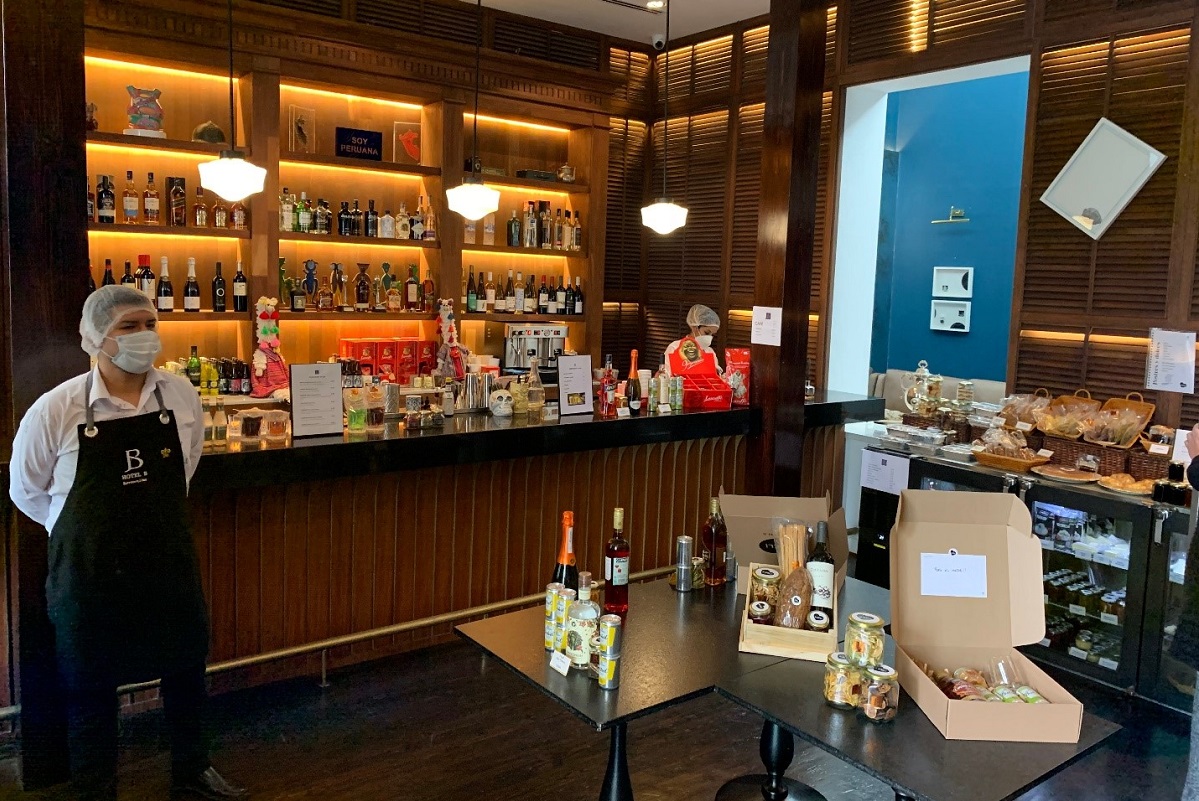
It has been fascinating to witness and be part of this transformation all at the same time. In the bohemian seaside district of Barranco that I call home, working class Peruvians mix with artists, millennials, and gentrifiers. It is a place where the Peruvian bodega was quickly losing its grip. To put some numbers on it: in the three square blocks around my home, there were barely two bodegas and one bakery pre-quarantine. After more than one hundred days of the pandemic, that number has approximately quintupled.
Section Type: standardWidthImageS
A fresh new take on a cultural cornerstone.
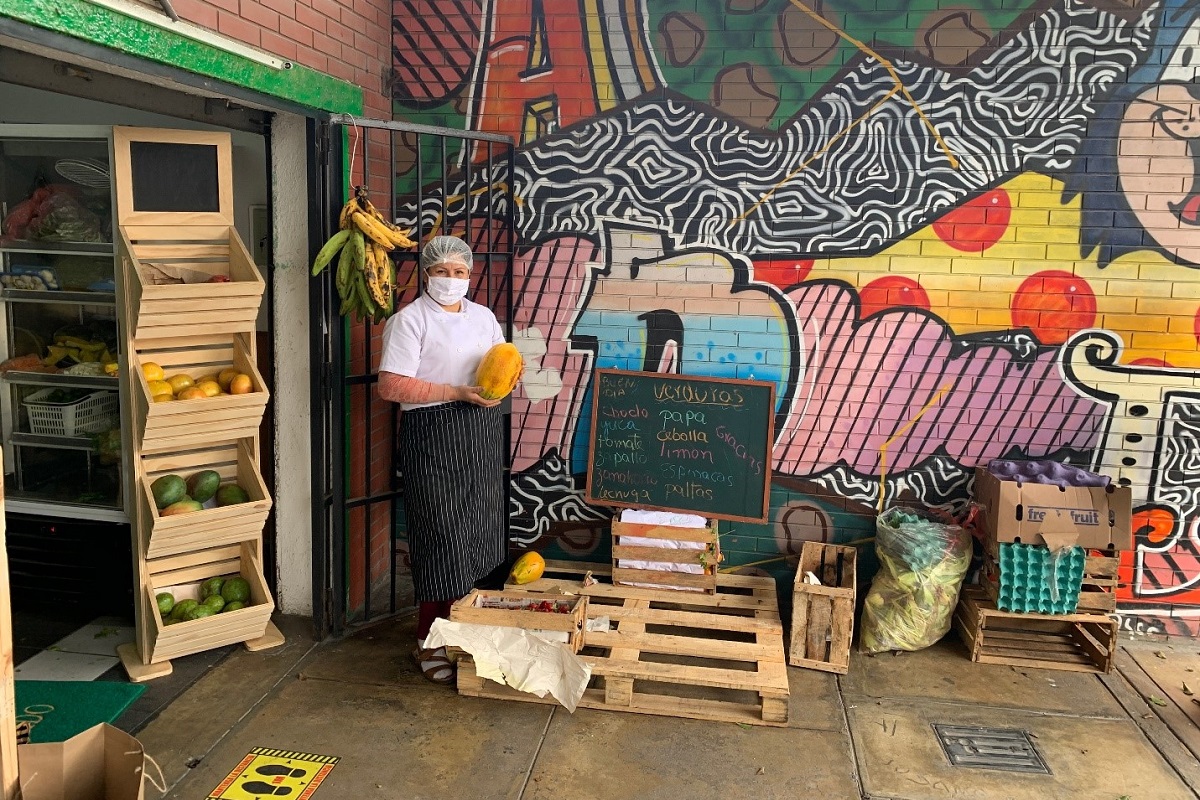
As restaurants shut down, cooking at home became the only option and so the market for retail food skyrocketed while grocery stores simultaneously halved their capacity. Limeños of all stripes have turned any functional street-side space into a small store of various types of products (not to mention, the small army of people selling various specialties via social media), with many doing extremely well and establishing themselves as neighborhood anchors once again.
Section Type: standardWidthImageS
A chalkboard that advertises, oil, sweet potato, garlic, ginger, rice, egg, milk, and avocado.

Section Type: standardWidthImageS
A sign outside a store that advertises copies, spray bottles, masks, gloves, face protectors, and gift bags and boxes.
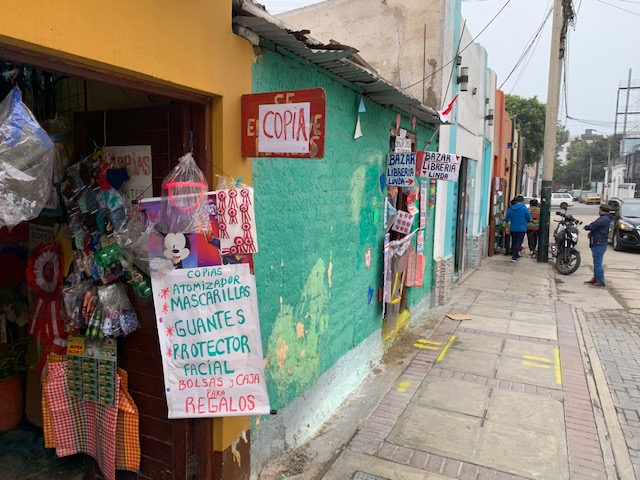
Section Type: standardWidthImageS
Street art in Barranco.
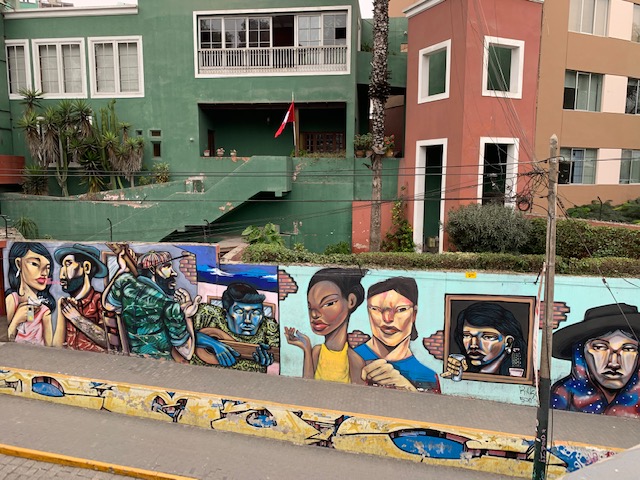
Once I got over the initial shock of lockdown, I began to appreciate some of the shifts in my immediate surroundings. The disappearance of noisy traffic brought a return of coastal birdlife. The air was clean again. And, my neighborhood came alive again with a new take on a familiar activity. Welcome back, bodegas.
About the Author: Nick Stanziano co-founded SA Expeditions and currently serves as its Chief Explorer. Originally from the United States and now a nationalized citizen of Peru for a decade, he straddles two worlds, sharing his time between Barranco and the foothills of Northern California.
Section Type: fullWidthImageS
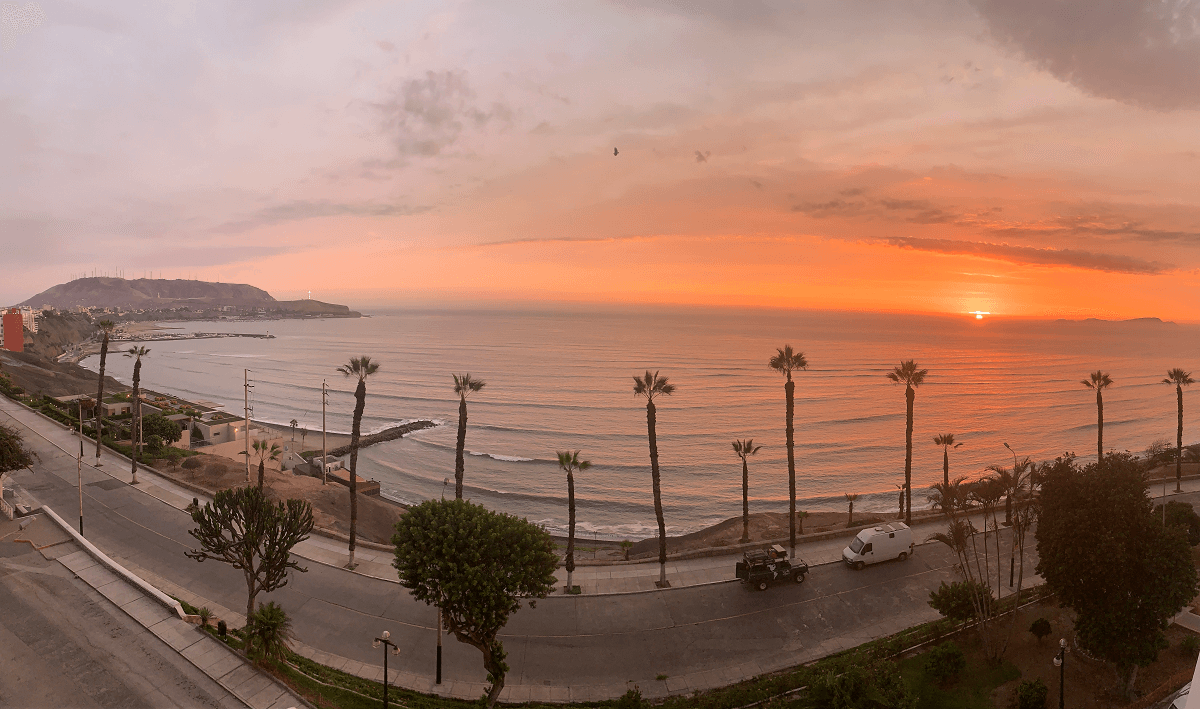


Copyright © 2026 SA Luxury Expeditions LLC, All rights reserved | 95 Third Street, 2nd floor, San Francisco, CA, 94103 | 415-549-8049
California Registered Seller of Travel - CST 2115890-50. Registration as a seller of travel does not constitute approval by the state of California.










